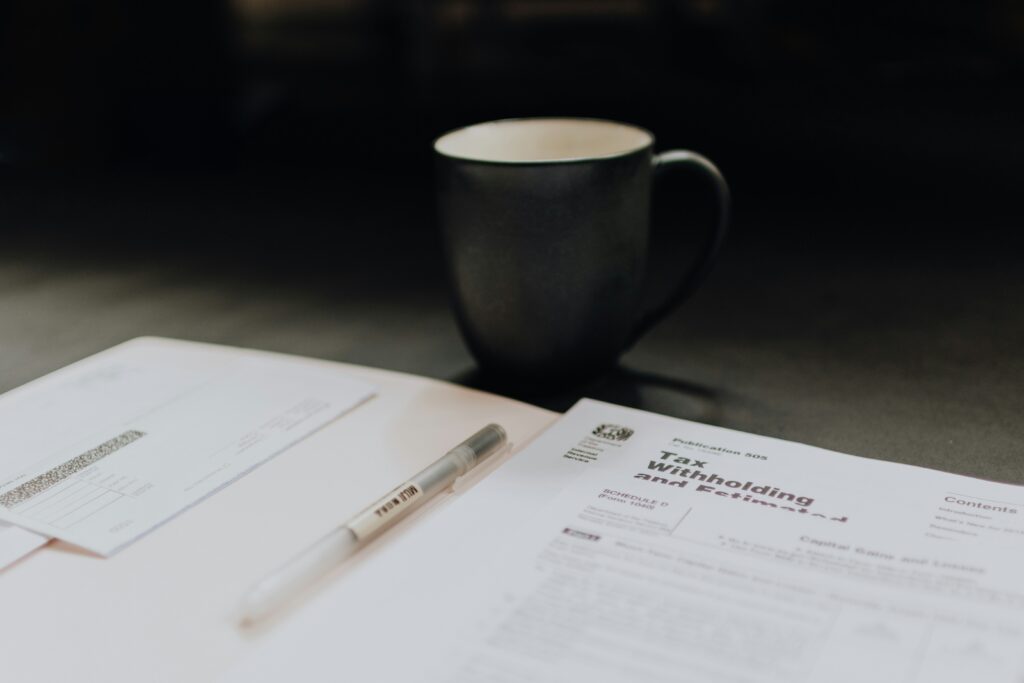Business Meal Deductions: Understanding the Sutter Rule (Dutch-Treat Business Meals)
In the realm of tax deductions, business meals stand out as both a necessity for networking and a potential area of scrutiny from the IRS. The Sutter rule, named after a case involving Dr. Sutter and the Tax Court, underscores the delicate balance between legitimate business expenses and personal living costs when it comes to deducting meal expenses.
The Sutter rule essentially states that you cannot deduct business meal expenses to the extent that they do not exceed what you would normally spend on personal meals. This rule stems from tax laws that allow deductions for ordinary and necessary business expenses while disallowing deductions for personal living expenses.
For instance, if your deductible business meal expenses for the year total $12,000, but your personal meal costs for the same period would have been $2,000, the IRS could potentially reduce your deduction by $2,000. The rationale is straightforward: the portion of the business meal expense that does not exceed what you would have spent personally is not deductible.
The IRS applies the Sutter rule based on perceived abuse or excessive claims for business meal deductions. While there are no clear-cut standards defining what constitutes “excessive” deductions, the IRS scrutinizes cases where business meals seem indistinguishable in cost from personal meals. This scrutiny extends particularly to in-town business meals rather than those incurred during travel.
To defend against potential challenges under the Sutter rule, consider two main approaches:
- Logic: Clearly differentiate your business meals from personal dining. Maintain records that demonstrate your business meals are distinct in cost or nature from what you would typically spend personally. This can include keeping receipts that clearly show the purpose of the meal, who attended, and the business context.
- Legislation: Understand legislative provisions that affect meal deductions. For instance, the Tax Reform Act of 1986 reduced the deductible percentage for business meals from 100% to 80%, and subsequently to 50% in 1993. These reductions partly acknowledge the personal living expenses embedded in business meal costs, providing a framework for defending against IRS challenges.
Documenting Your Business Meals
Effective documentation is crucial to substantiate your business meal deductions:
- Receipts: Keep receipts that itemize food and beverage purchases, indicating the amount spent.
- Proof of Payment: Retain credit card statements or canceled checks that verify payment for the meal.
- Business Purpose: Note the names of attendees and a brief description of the business purpose of the meal on the receipt or in your records.
Navigating the complexities of business meal deductions requires careful planning and meticulous record-keeping:
- Awareness: Understand the implications of the Sutter rule and its impact on your deductions.
- Preparation: Document each business meal thoroughly to substantiate its business purpose and expenditure.
- Defense: Be prepared to justify your business meal expenses with clear evidence of differentiation from personal expenses.
By adhering to these principles, you can navigate the challenges posed by the Sutter rule effectively, ensuring that your business meal deductions withstand IRS scrutiny while supporting your ongoing business activities and relationships. Stay informed, document diligently, and consult with a tax professional to optimize your tax strategy in this critical area.










